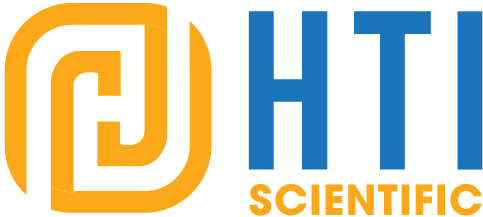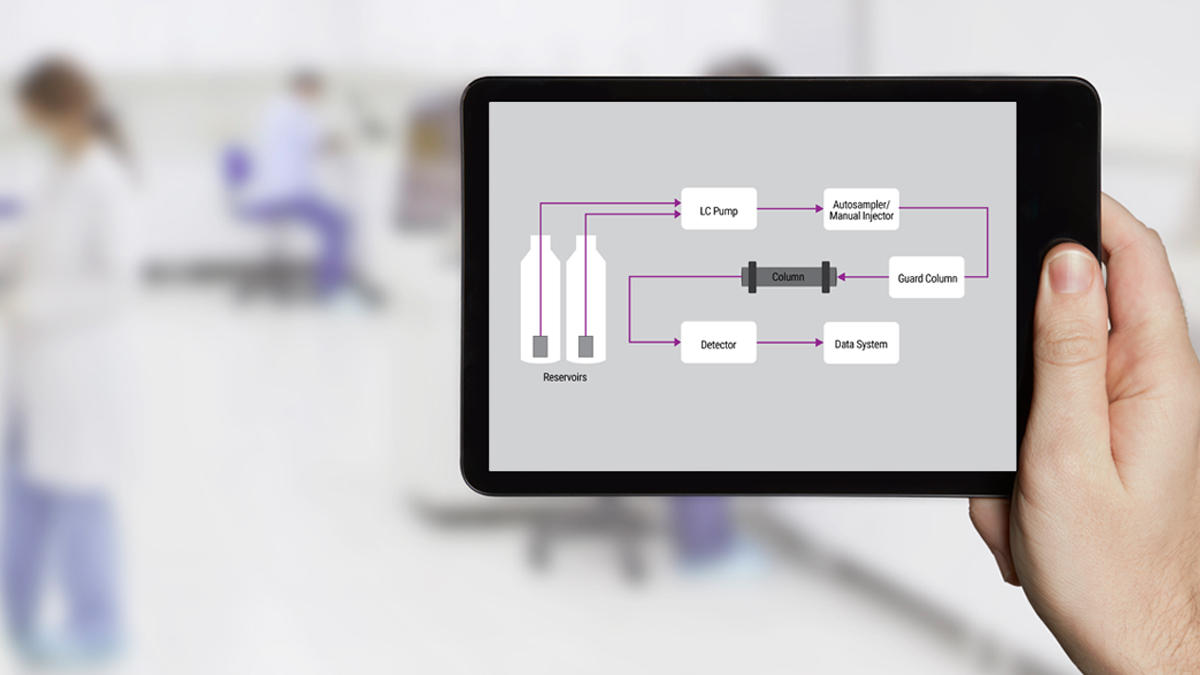Khám phá xu hướng
Hơn 300+ bài viết xu hướng sẽ có ích cho bạn
Không khí
7 Factors to Consider When Choosing an HPLC Detector
 04/07/2024
04/07/2024
For lab managers, every day brings new challenges -and new decisions to make. Some are routine, like maintaining staffing levels and keeping consumables shelves stocked. Others have longer-term consequences -and can have a huge impact on the lab’s ability to deliver expected results for all the analytes that are being testing.
Choosing the right HPLC detector for your workflow falls in the second category. Preparing to update, implement or adopt a new HPLC method requires to understand the different hardware and software components that work together to create a seamless analytical experience. The role of the detectors is to determine the presence and concentration of eluting compounds in the mobile phase, and for detectors like mass spectrometers, compound identity may also be determined. Detector types are based on which chemical property is being measured. Broadly, HPLC detectors are categorized into two types: solute-property (or specific) detectors and bulk-property detectors.
Solute-property detectors respond to a particular physical or chemical property of an analyte, and their response is not dependent on the composition of the mobile phase. Bulk-property detectors, by contrast, are the most universal detectors for HPLC, measuring properties common to all analytes by evaluating the differences in the mobile phase with and without the sample. The universal nature of bulk-property detectors places an increased emphasis on the selectivity of the chromatographic column. However, these detectors are limited in their sensitivity.1
Here are some of the most important factors to consider when choosing a detector for HPLC and UHPLC analyses:
- Analyte properties
The nature and properties of the analyte being measured, such as its polarity, UV absorption, or fluorescence properties, can help determine which detector is most suitable. - Sensitivity
The sensitivity of the detector is an important consideration, as it determines the lower limit of detection for the analyte. The level of sensitivity required depends on the concentration of the analyte and the application. Sensitivity needs to be considered also in cases of analyses run in compliance with official methods or regulations. - Dynamic range
The dynamic range of the detector refers to the range of concentrations over which it can detect analytes. A wide dynamic range is necessary for applications in which the concentrations of the analyte vary widely. - Linearity
The linearity of the detector refers to its ability to provide a response that’s proportional to the concentration of the analyte. A linear response is important for accurate quantification of analytes. - Selectivity
The selectivity of the detector refers to its ability to differentiate between the analyte and other compounds in the sample matrix. This is particularly important for complex samples where there may be interference from other compounds. - Compatibility
HPLC and UHPLC systems operate at different flow rates and pressures. The detector needs to be compatible to the flow rate and pressure range employed in the system. UHPLC systems typically operate at higher pressures, so the detector must be capable of handling those increased pressures without any performance issues. - Cost
Finally, the cost of the detector should also be considered, as some are more expensive than others. However, the cost should be balanced against the performance requirements and the overall value provided by the detector.
Bottom line, the choice of detector depends on the nature of the analyte, the required sensitivity, and the analytical goal.
Discover the detectors available for the LC 300™ HPLC and UHPLC Systems and learn how our liquid chromatography portfolio can help your lab with HPLC analysis.



 Chia sẻ
Chia sẻ

